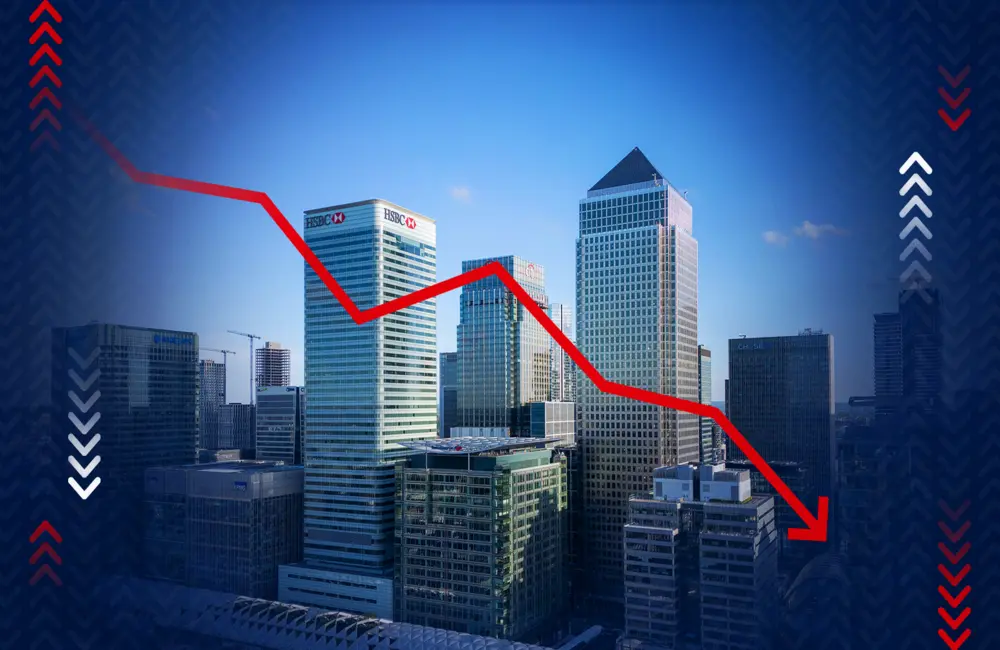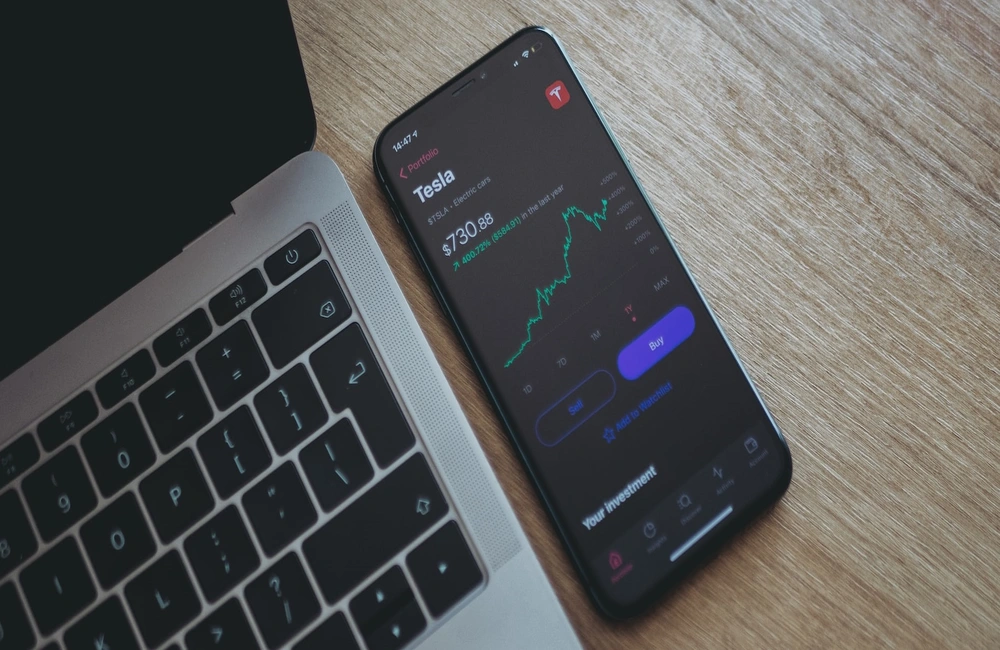The US Bureau of Labor Statistics said the consumer price index (CPI) rose a stronger-than-expected 0.6% in January from December and increased an above-expectations 7.5% year on year. Because of big increases year-on-year in energy, used-cars and food, the CPI saw its biggest 12-month increase in 40-years.
“It remains true that most of the excess inflation since the beginning of the pandemic has been concentrated in a half-dozen or so categories, specifically energy, vehicles and other durable goods,” said Preston Caldwell, chief economist.
“We still expect that the alleviation of supply constraints in these categories will deliver a substantial reduction in inflation in the not-too-distant future, potentially beginning in mid-2022.”
Expectations for a Fed rate hike surge
The CPI report has investors once again reconsidering how quickly the Fed will raise interest rates now that the central bank has shifted gears from pushing the economy back during the pandemic recession to now fighting inflation.
Even though most in the markets have continued to see inflation start to wane over the course of 2022, bond prices fell after the CPI data and pushed yield on the closely watched U.S. Treasury 10-year note around 2%, its highest level since July 2019. Yields on short-term bonds also climbed.
Expansion of inflationary pressures
Inside the report, Caldwell flags a widening in inflation pressures. There were “considerable month-to-month price increases in medical care, +0.6%, cable/tv services, +1.3%, personal care services +1.2%, etc,” he says.
“Many sectors that rarely adjust prices do so Jan. 1, which likely was a proximate driver for the spike in inflation.
“On the one hand, this indicates less of a price rise from such industries in the months ahead.
“While this is concerning, on balance, because the behavior of price rises in ‘sticky price’ industries may now be a sign that inflation is becoming more embedded.
Though some upward month-to-month moves in prices have begun to level off or ease, comparisons from year-ago levels continue to show significant jumps, particularly in items that find their way most immediately into consumers’ wallets.
The base effect
Caldwell employs an “excess inflation” metric that compares the cumulative increase in inflation since the pandemic began versus the trend rate for inflation prior to the pandemic. This also helps you understand what areas are now experiencing relatively high inflation, as opposed to those that were already experiencing high inflation before the pandemic.
One case in point is vehicles, because prices were flat for the several years before the pandemic, but have flown higher. In contrast, shelter price inflation, some 3% annualised since the start of the pandemic, is even somewhat below its pre-pandemic trend.
“The 0.5 percentage point increase in our ‘excess inflation’ measure in January was driven by many of the usual suspects, with energy, vehicles, and household goods contributing around one-half of the increase,” Caldwell says.

























